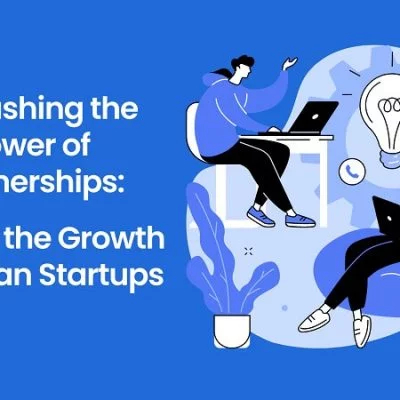Back in the early 90s, when ERP really took off, it was popular to work with a single vendor. Though, it could be argued that none of the big software companies could offer a single-vendor solution. However, there are still many benefits to the best-of-suite approach for a hybrid integration platform.
Benefits To The Best-Of-Suite Approach For Hybrid Integration
More Accountability
One of the biggest benefits of only dealing with one vendor is that you have more control and accountability for performance in your company. Having one representative for the workflow allows for the improvement of operational control.
One Implementation
Doing one implementation comes with its own problems, but some prefer to implement their software all at once to avoid continuous disruption. Rather than countless hours of onboarding, a single implementation cuts that time down immensely. As well as using a single best-of-suite solution also lessens licensing costs due to volume discounts.
File Sharing
Every system is integrated into a sole interface and software suite, making file sharing and departmental collaboration easier. Users can also work within the same interface instead of having to switch between different modules.
Cons To Best-of-Suite Integration
It doesn’t matter how great the vendor is, eventually add-ons will fall short. It will cause IT leaders to have to resort back to best-of-breed add-ons. Going with best-of-suite integration can also leave you with a rigid, less flexible system that leaves little to no room for specialization.
Companies will also have to accept that their license may include functionality that isn’t needed and may never be used, but, when you go this route, you purchase the all-inclusive “farm”. Another con is the fact that when non-vendor additions are implemented, security is forgotten. Having a single vendor stack means that there is only one system to breach and the whole company will stand still, rather than having multiple systems to infiltrate.
Also, you can check: The History Of Cloud Computing.









